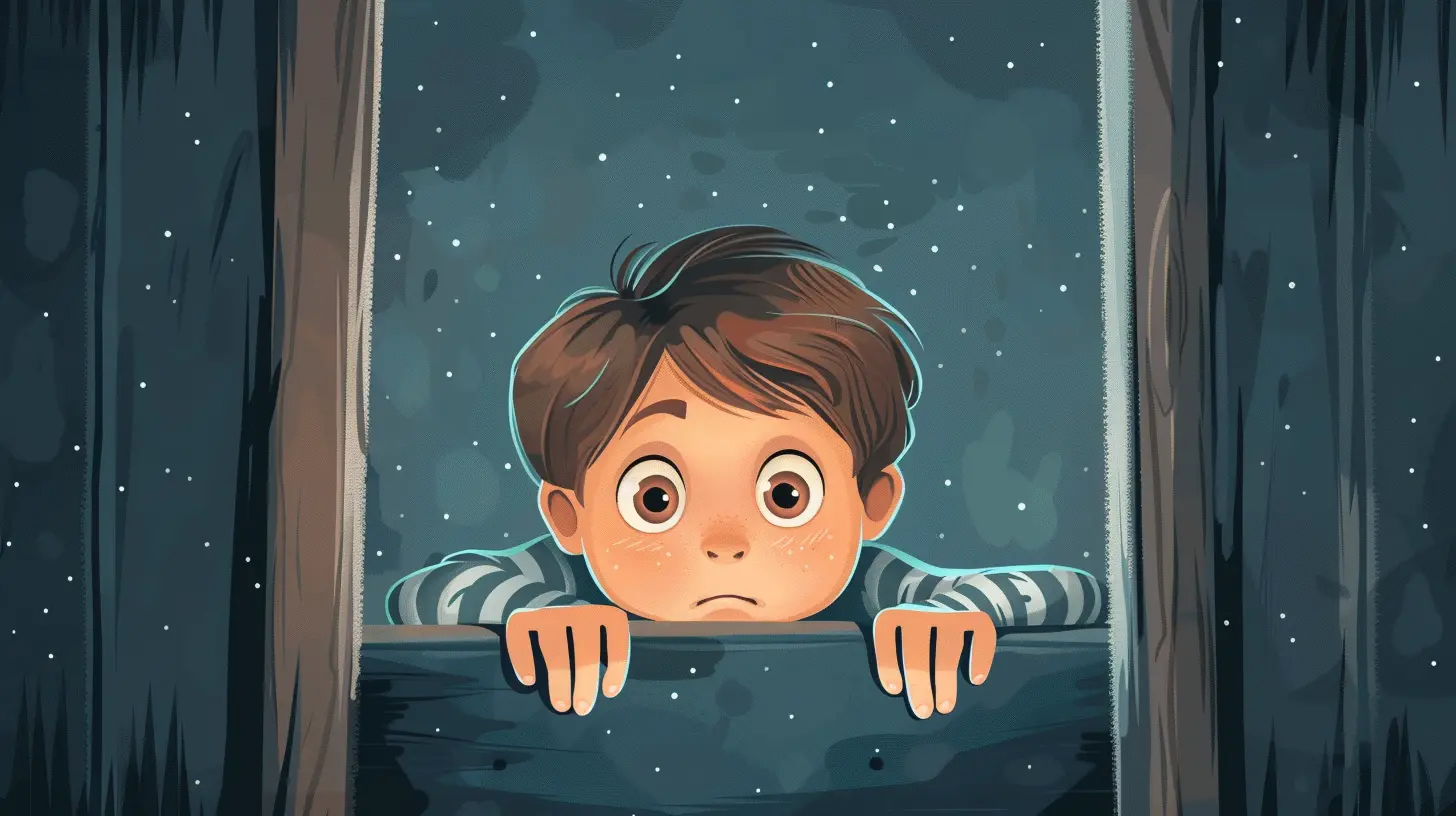The Role of Routine in Reducing Your Child’s Fears
30 July 2025
Fear is a natural part of childhood. From imaginary monsters under the bed to anxiety about new experiences, children often face a range of fears as they grow. While some fear is normal and even beneficial for safety, excessive or persistent fear can disrupt a child's daily life.
One of the most effective yet often overlooked ways to help children feel safe and secure is establishing a routine. A well-structured daily routine provides predictability, which helps reduce anxiety and fosters confidence. But how exactly does a routine help ease a child’s fears? Let’s break it down.

Why Are Children Afraid?
Before diving into how routine helps, it’s important to understand why children experience fear. Fear often stems from the unknown or a lack of control. Children thrive on familiarity—when things are predictable, they feel safer.Some common reasons kids feel afraid include:
- Separation anxiety – Fear of being away from parents.
- Nighttime fears – Monsters, darkness, or being alone in their room.
- Fear of failure – Struggles with school, sports, or social settings.
- New experiences – Starting school, moving houses, or meeting new people.
When things feel uncertain, the brain naturally triggers a fight-or-flight response. As adults, we can rationalize these fears. But for kids, every new or unexpected experience can feel overwhelming.

How Routine Provides Comfort and Security
Children’s worlds are full of surprises, which can sometimes be thrilling but also terrifying. Routine takes away uncertainty and provides a reliable structure kids can count on.1. Creates Predictability
Imagine if, as an adult, your work schedule, meal times, or responsibilities changed daily without warning. That level of unpredictability would be stressful, right? That’s exactly how life can feel for kids without a routine.Knowing what happens next in their day makes children feel secure and in control, which naturally reduces fear. A structured schedule eliminates surprises and anxiety, allowing them to navigate life with confidence.
2. Gives Them a Sense of Control
Fear often comes from feeling powerless. When children follow a routine, they start to anticipate what’s next, which puts them in control. Even something as simple as knowing they will brush their teeth after dinner, then read a book before bed, reassures kids that they are in a safe and predictable environment.3. Reduces Separation Anxiety
Separation anxiety can be daunting for both children and parents. However, consistent drop-off and pick-up routines at school or daycare make transitions easier. When children know that mom or dad will always return at a certain time, their fears gradually lessen.Instead of feeling abandoned, they understand that separations are temporary and predictable, building trust and emotional resilience.
4. Helps with Sleep-Related Fears
Bedtime struggles are common among kids. Fear of the dark, nightmares, or just resisting sleep can make bedtime a battle. A structured bedtime routine, including calming activities like a warm bath, reading a book, or soft music, signals to a child’s brain that it’s time to wind down.When bedtime becomes a familiar and comforting experience, fears surrounding sleep begin to fade. Plus, consistency regulates their internal body clock, making restful sleep easier to achieve.
5. Encourages Emotional Regulation
Routine isn't just about structure—it helps children manage their emotions. Think of a routine as an emotional safety net. When kids know what to expect, they’re less likely to feel overwhelmed, meaning fewer tears, fewer tantrums, and a greater ability to handle scary situations.For example, if they know every morning starts with breakfast, getting dressed, and brushing teeth, they don’t feel rushed or unprepared. That sense of control helps them stay calm.
6. Builds Confidence in Facing New Experiences
Change is a natural part of life, but for children, it can be terrifying. Whether it’s moving to a new home, switching schools, or meeting new people, routines teach kids how to handle change in a structured way.When they experience daily routines that remain stable, even when bigger life changes happen, they learn that not all change is scary—some change is just part of life.

How to Create a Fear-Reducing Routine
Now that we know how routine supports emotional security, let’s talk about how to build an effective routine that helps kids overcome fears.1. Keep It Consistent
The key to a successful routine is consistency. This doesn’t mean every minute of the day needs to be scheduled, but major routines—like bedtime, mealtime, and school drop-offs—should stay predictable.2. Balance Flexibility with Stability
While structure is essential, it’s also important to maintain some flexibility. Life is unpredictable, and strict routines can sometimes backfire. Instead of rigid schedules, focus on consistent patterns.For example, rather than saying, "Bedtime is at 8:00 PM sharp," say, "After dinner, we take a bath, read a story, and then sleep around 8:00 PM." This approach keeps things structured without feeling restrictive.
3. Use Visual Schedules
For younger kids, a visual schedule with pictures can make routines easier to follow. Things like "morning checklist" charts with images of toothbrushes, breakfast, and backpacks help kids feel more in control of their daily activities.4. Incorporate Comforting Rituals
Routines work best when they include calming rituals. If your child is scared of the dark, add a "Fear-Busting" routine—check under the bed together, turn on a nightlight, and say a special goodnight phrase. These small things reassure kids and make the routine feel safe.5. Acknowledge Their Feelings
Even with a routine in place, kids will still experience fear from time to time. Instead of dismissing their fears, acknowledge them. Say things like, “I know you feel nervous about sleeping alone, but remember we follow the same bedtime routine every night, and you’re always safe in your room.”Reassuring words combined with a consistent structure help them gradually feel more secure.
6. Make It Fun
Routine shouldn’t feel like a chore. Turn everyday activities into fun moments by incorporating games, songs, or small rewards. If your child fears going to school, create a special goodbye handshake or "see you later" song to make the transition smoother.
Final Thoughts
Fear is a normal part of childhood, but it doesn’t have to control your child’s life. By incorporating predictable, structured routines, you can provide the stability they need to face fears with confidence.Remember, routine isn’t just about following a schedule—it’s about creating a sense of safety, trust, and emotional resilience. So, whether it’s a calming bedtime ritual, a comforting morning routine, or a predictable school drop-off, small habits can make a big difference in helping your child overcome their fears.
all images in this post were generated using AI tools
Category:
Dealing With FearsAuthor:

Steven McLain
Discussion
rate this article
1 comments
Starla Shaffer
Thank you for this insightful article! Routines can truly be a source of comfort for children facing fears. It's heartwarming to see parents actively seeking ways to support their little ones. Remember, every small step counts in creating a safe and nurturing environment. Your efforts make a world of difference!
August 5, 2025 at 3:31 AM

Steven McLain
Thank you for your kind words! I'm glad you found the article insightful. Routines truly do make a significant difference in children's lives.


